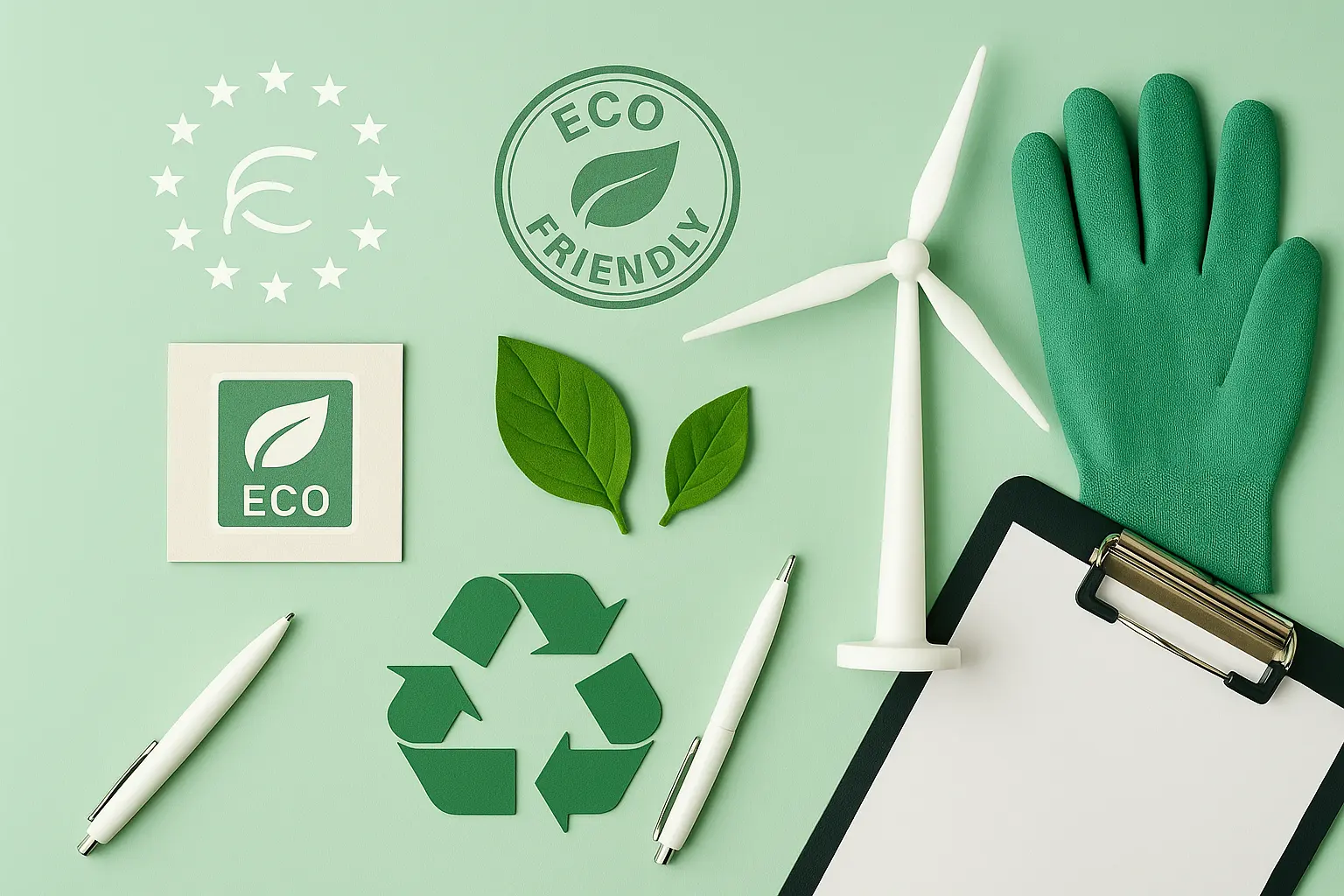Plastic Free Certification
The plastic free certification is a critical component in ensuring products and processes align with sustainability goals. As global awareness of environmental impacts grows, the demand for eco-friendly alternatives has increased exponentially. This certification focuses on eliminating plastic from product formulations and manufacturing processes, promoting sustainable materials and practices.
The process involves rigorous testing to verify that products do not contain any form of plastic, including microplastics. This is achieved through advanced analytical techniques such as Fourier Transform Infrared Spectroscopy (FTIR), Gas Chromatography-Mass Spectrometry (GC-MS), and Nuclear Magnetic Resonance (NMR). These methods ensure complete compliance with international standards like ISO 14021, which defines the principles for environmental labeling.
For quality managers and R&D engineers working in sustainability, plastic free certification is essential. It not only ensures regulatory compliance but also enhances brand reputation by demonstrating a commitment to eco-friendly practices. Compliance officers can leverage this certification to navigate increasingly stringent environmental regulations. Additionally, procurement teams benefit from the assurance that suppliers meet these high standards.
The significance of plastic free certification extends beyond mere compliance; it fosters innovation in material science and encourages the development of sustainable alternatives. By adopting a plastic-free approach, organizations contribute to reducing waste, conserving resources, and minimizing environmental impact. This certification is particularly relevant for sectors like cosmetics, textiles, electronics, and packaging.
One key aspect of this certification is the elimination of microplastics from formulations. Microplastics are tiny particles derived from larger plastic products that can persist in the environment for centuries. Their presence in consumer goods poses significant risks to ecosystems and human health. The testing process involves detailed analysis to ensure no trace of microplastics is present.
The certification process also encompasses lifecycle assessments, which provide comprehensive insights into the environmental impact of a product from raw material extraction to disposal. This holistic approach ensures that products not only meet immediate plastic-free criteria but also contribute positively to long-term sustainability goals.
Another critical component is the evaluation of alternative materials. The certification involves identifying and validating sustainable alternatives that can replace traditional plastics without compromising performance or cost-effectiveness. This often requires collaboration between manufacturers, researchers, and environmental experts to develop innovative solutions.
Why Choose This Test
- Regulatory Compliance: Ensure adherence to international standards like ISO 14021 for environmental labeling.
- Sustainable Brand Reputation: Gain recognition as a leader in sustainability, enhancing brand image and customer trust.
- Innovation Drive: Encourage the development of new materials and processes that are free from plastic.
- Market Access: Meet the growing demand for eco-friendly products in an increasingly environmentally conscious market.
- Resource Conservation: Contribute to reducing waste and conserving resources by eliminating unnecessary plastic usage.
The certification process not only ensures compliance with environmental regulations but also drives innovation and sustainability. By choosing this test, organizations can demonstrate their commitment to a greener future while gaining a competitive edge in the market.
International Acceptance and Recognition
- Acknowledgment by Regulatory Bodies: The certification is recognized by major regulatory bodies such as the European Union's REACH (Registration, Evaluation, Authorization, and Restriction of Chemicals) and California's Safer Consumer Products regulations.
- Market Acceptance: Certified products are more likely to gain market acceptance due to their alignment with global sustainability trends.
The plastic free certification is widely accepted across industries and regions. It provides a clear pathway for companies to demonstrate their commitment to environmental stewardship, thereby gaining competitive advantages in the marketplace. This recognition not only enhances brand reputation but also opens doors to new markets and partnerships.
Organizations that achieve this certification can leverage it as a marketing tool to communicate their eco-friendly practices effectively. It serves as a tangible proof of their dedication to sustainability, which is increasingly important for consumers who are more environmentally aware.
Competitive Advantage and Market Impact
The plastic free certification offers numerous competitive advantages that can significantly impact market performance. Firstly, it positions companies at the forefront of sustainable practices, distinguishing them from competitors who may not have made similar commitments. This positioning enhances brand reputation and customer trust, which are crucial in today's environmentally conscious consumer landscape.
Secondly, certified products often command higher prices due to their eco-friendly credentials. Consumers are willing to pay a premium for goods that align with their values of sustainability and environmental responsibility. This price premium can translate into increased revenue and profitability for certified companies.
In addition, the certification facilitates easier market access in regions where environmental regulations are stringent. Many countries have implemented policies favoring eco-friendly products, making compliance with such certifications a strategic advantage. Companies that meet these standards not only comply with local laws but also open up opportunities to enter new markets where sustainability is a key factor.
The certification also fosters innovation within organizations by encouraging the exploration and adoption of alternative materials and processes. This ongoing focus on sustainability drives continuous improvement in product design, manufacturing techniques, and supply chain management, resulting in more efficient and environmentally friendly operations.
Furthermore, certified companies can leverage their status as sustainable leaders to attract investors who are increasingly prioritizing environmental impact in their investment decisions. This enhanced financial backing can fuel further growth and expansion into new markets or product lines.





